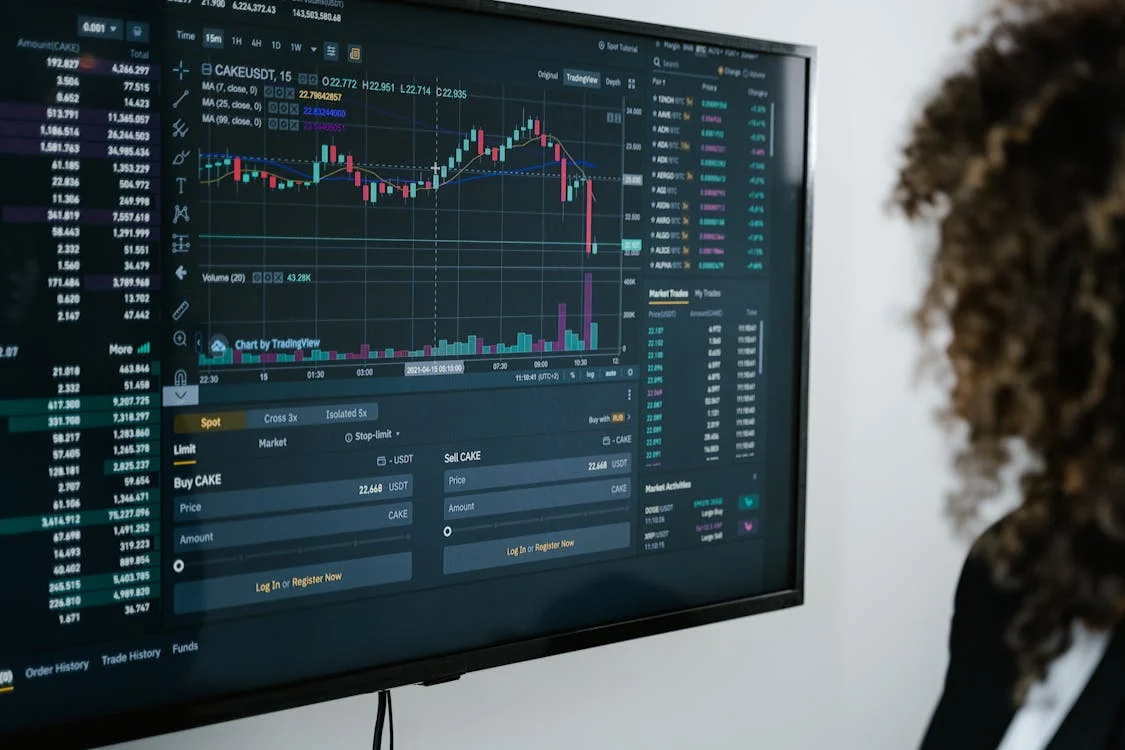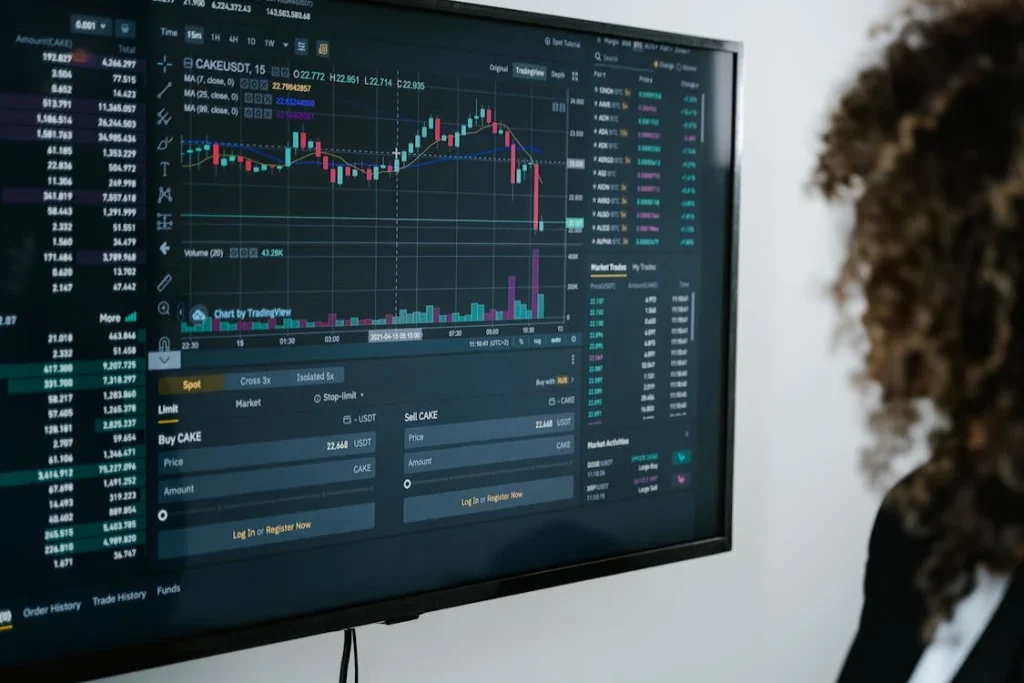Understanding Market Movements through Candlesticks and Patterns
One of the most important skills every Forex trader needs is the ability to read and interpret Forex charts. These charts form the foundation of technical analysis, and mastering them can significantly improve a trader’s ability to predict price movements. While price action might look like random lines at first, every candle and pattern tells a story about the market’s psychology.

What Is a Forex Chart?
A Forex chart is a graphical representation of the price movement of a currency pair over time. These charts help traders analyze past performance and identify patterns that may signal future movement. The most popular types of charts used in Forex are:
- Line Chart: Connects the closing prices of a pair over a specific period. It offers a simplified view of price movement.
- Bar Chart: Displays the open, high, low, and close (OHLC) prices for each period, offering more detailed data.
- Candlestick Chart: The most widely used chart type, offering visual insight into market sentiment through color and shape.
Candlestick Anatomy and Meaning
Each candlestick provides four key data points: open, high, low, and close prices within a specific time period. Candlesticks are color-coded (typically green for bullish and red for bearish) to indicate price direction. Understanding individual candle behavior is essential before interpreting full patterns.
Key types of candles include:
- Doji: Indicates indecision in the market. Opens and closes at nearly the same price.
- Hammer: A bullish reversal signal appearing after a downtrend.
- Shooting Star: A bearish signal appearing after an uptrend, often signaling a reversal.
Common Forex Chart Patterns
Patterns help traders identify areas of potential breakout or reversal. Here are some of the most common:
- Head and Shoulders: Predicts a reversal trend. A baseline with three peaks—the outer two close in height and the middle higher.
- Double Top and Double Bottom: These indicate trend reversal signals. A double top is bearish, while a double bottom is bullish.
- Triangles (Ascending, Descending, Symmetrical): These patterns suggest breakout opportunities depending on volume and trend direction.
Support and Resistance: The Backbone of Price Action
Support and resistance levels are price zones where the market tends to reverse or consolidate. Traders use them to plan entries and exits:
- Support: A level where buying interest is strong enough to prevent the price from falling further.
- Resistance: A level where selling pressure prevents the price from moving higher.
These zones can be identified through previous highs and lows, Fibonacci levels, or psychological round numbers like 1.2000 in EUR/USD.
Using Price Action for Trade Entries
Experienced traders use price action signals combined with support and resistance levels for precise entries. For example:
- A bullish pin bar (a long-tailed candlestick) bouncing off a support level often signals a long entry.
- A bearish engulfing pattern forming below a resistance zone may signal a short trade opportunity.
Confirmation through volume and confluence with moving averages or trendlines increases the reliability of the signal.
Timeframes and Multi-Timeframe Analysis
Forex charts are available in different timeframes, such as 1-minute, 15-minute, 1-hour, 4-hour, daily, and weekly. Each timeframe tells a different story. Many traders use a multi-timeframe approach to align trends and find better entries.
- Higher Timeframe: Defines the overall trend (e.g., daily or 4-hour).
- Lower Timeframe: Used to find entry and exit points (e.g., 15-minute or 1-hour).
Final Tips on Reading Forex Charts
- Always look for patterns within context. A pattern near a key level is more powerful than one in the middle of nowhere.
- Combine candlestick signals with volume and trend direction for better accuracy.
- Practice interpreting charts on a demo account before applying strategies in real-time.










